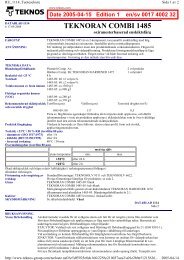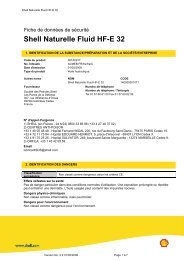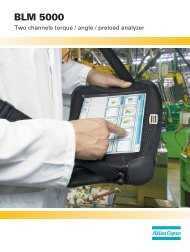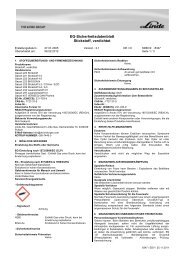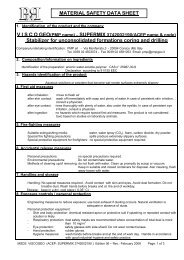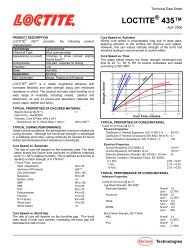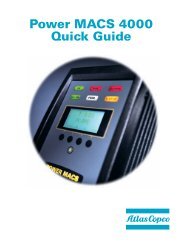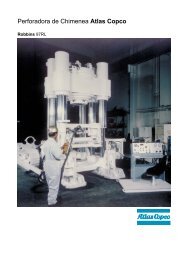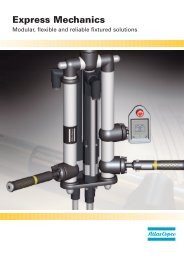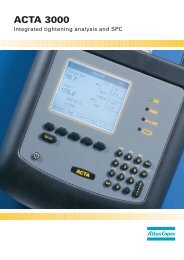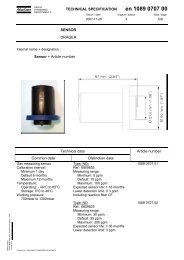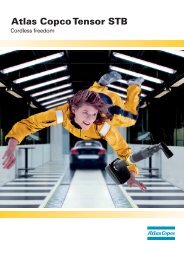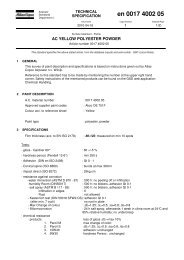Ergonomics - Atlas Copco
Ergonomics - Atlas Copco
Ergonomics - Atlas Copco
You also want an ePaper? Increase the reach of your titles
YUMPU automatically turns print PDFs into web optimized ePapers that Google loves.
production of heavy vehicles such as trucks,<br />
buses and off-road vehicles.<br />
the working environment<br />
The high torque nutrunner is usually preferred<br />
in modern industrial situations as it<br />
contributes to a good working environment.<br />
The workstation can be stationary or on a<br />
moving line. The tool has virtually no negative<br />
impact on the working environment.<br />
Weight can be a negative factor for the<br />
operator, therefore in most applications the<br />
tools are suspended from balancers.<br />
Design for good ergonomics<br />
During the 1970’s, production engineers<br />
tried to replace impact wrenches with stalltype<br />
nutrunners in order to reduce noise<br />
and improve accuracy. However, operators<br />
complained of the increased tightening<br />
times (about three times longer than impact<br />
wrenches). This was particularly noticeable<br />
in assembly line production where the<br />
entire balance of the line was changed.<br />
A popular solution was a new tool design<br />
incorporating two motors – a fast motor for<br />
rapid nut run-down and an additional, slower<br />
motor for the final tightening sequence.<br />
Tools with reaction bars are heavier<br />
than conventional tools. This must be<br />
considered in tool installation, for example,<br />
using balancers or articulating arms.<br />
Safety<br />
The major safety risk in operating these<br />
machines is pinching, crushing, or severing<br />
of the fingers. The forces acting between the<br />
reaction bar and the workpiece are considerable<br />
and could easily sever a finger. Thus,<br />
all machines carry a warning label: “Never<br />
hold the reaction bar while tightening”.<br />
HanDle DeSiGn<br />
Small machines usually have pistol grips.<br />
Larger tools tend to be front-heavy due to<br />
the extra gears required. A handle placed<br />
under the machine, as near to the center<br />
of gravity as possible, minimizes operator<br />
discomfort.<br />
external loaD<br />
High torque nutrunners are heavy and<br />
should therefore be suspended from balancers.<br />
During tightening, the reaction forces<br />
are absorbed by the reaction bar instead of<br />
the handle. The reaction bar may make the<br />
tool front-heavy, thus exposing the operator’s<br />
wrist to bending torque.<br />
WeiGHt<br />
A high-torque machine, equipped with<br />
transducers for measuring torque and angle,<br />
is a heavy tool, therefore an articulating arm<br />
is recommended. Since the larger machines<br />
59



